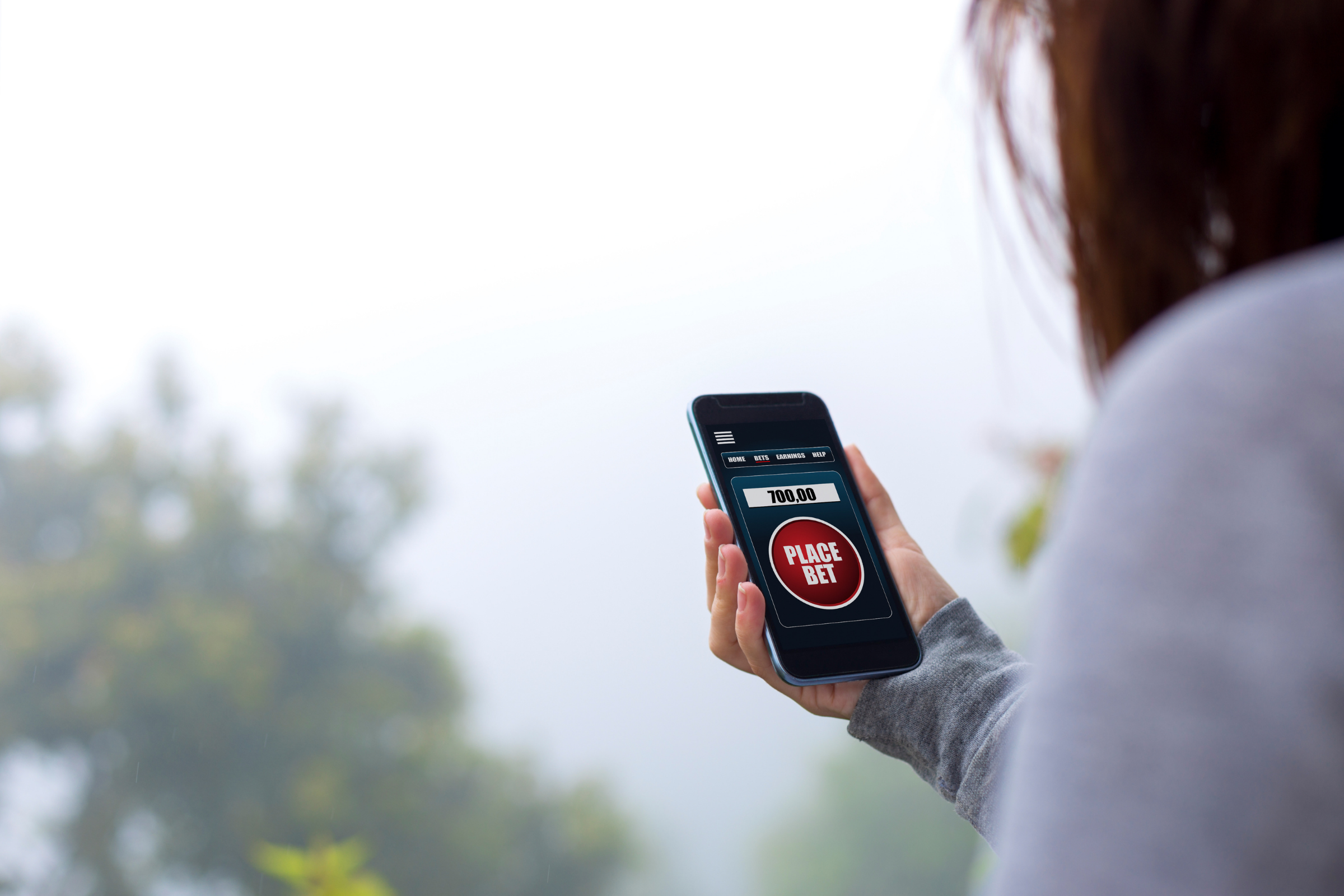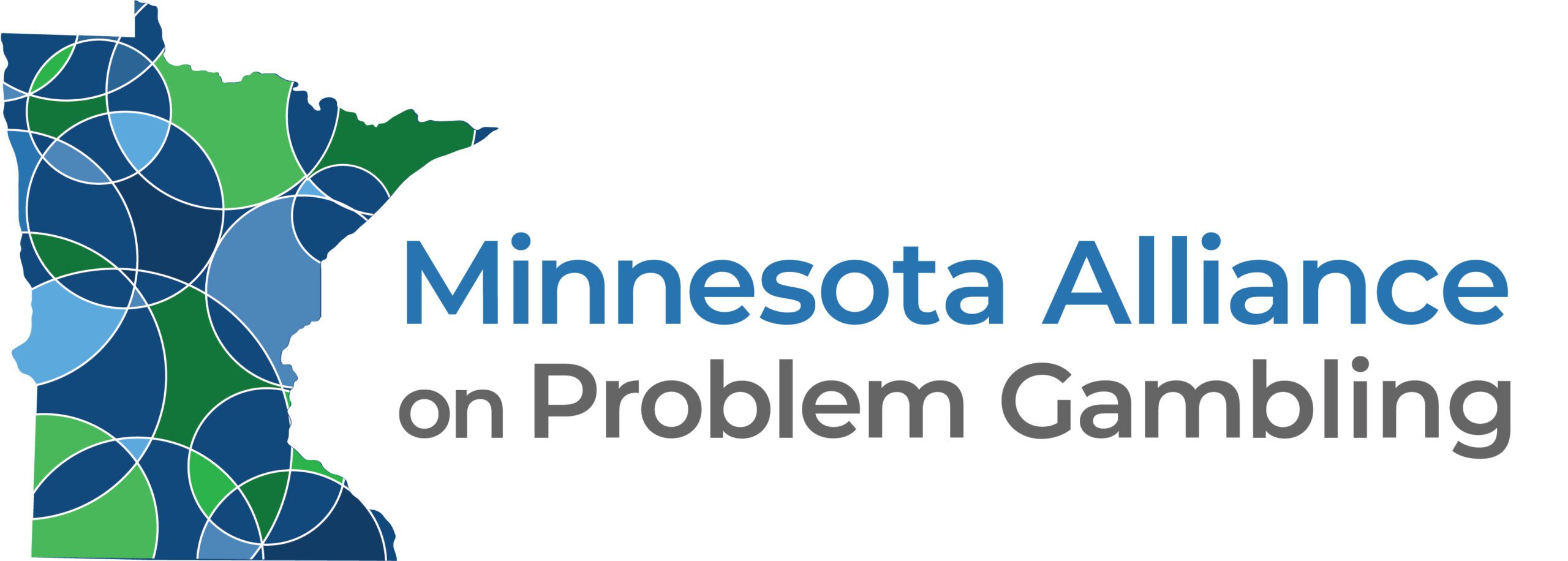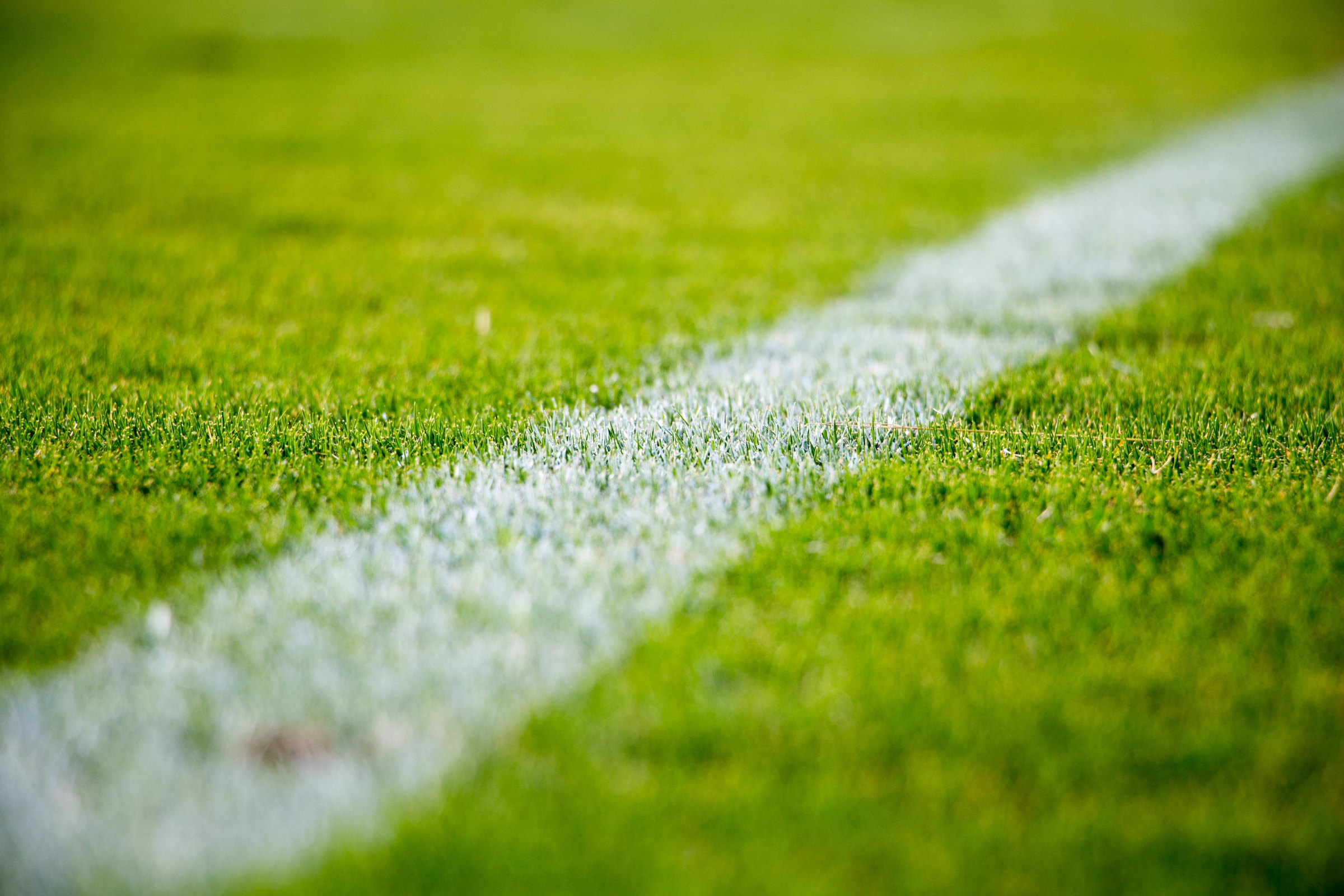In response to the Supreme Court’s legalization of sports gambling in May 2018, more and more states are now introducing sports wagering. Iowa began offering sports betting in August 2019. To get a sense of how things are going for our neighbor to the south — both for sports gambling and the state’s gambling treatment and prevention program in general — Northern Light talked with Eric Preuss, MA, IAADC, CCS, program manager for the Office of Problem Gambling Treatment and Prevention at the Iowa Department of Public Health.
NL: Do you know how much money has been wagered on sports in Iowa since sports gambling has been offered?
EP: The Iowa Racing and Gaming Commission has indicated that $212 million has been wagered from August 15, 2019 through December 2019.
NL: How does this compare to expectations?
EP: I don’t think anybody had a really good idea of expectations, but it appears to be doing well. I am hearing there are a lot of new players. Some casinos are reporting that up to eighty percent of wagering is happening online — and that’s without every casino having an online app.
NL: Do you have any idea how many Minnesotans have crossed the state line to place sports wagers?
EP: The Iowa Racing and Gambling Commission and/or Iowa Gaming Association would have a better idea of that number, but in general the Iowa Gaming Association reports that about 60% of those visiting Iowa casinos are from out of state. Diamond Jo Casino in Worth County is one of the Iowa casinos near the Iowa Minnesota border.
NL: Have you learned anything specific about sports gambling and related problem gambling at this early juncture?
EP: We have been very intentional about gathering baseline data about the percentage of Iowans participating in sports betting of all kinds — from legal sports betting of all kinds, to illegal-bookmaking, fantasy sports, and March Madness — so that we can compare behavior before and after the legalization of sports betting. We know that 99% of Iowans who gamble on sports also participate in other gambling activities (lottery, casino and social/ charitable gaming). I suspect that first-time gamblers are coming in who have never made sports bets or even been in a casino before. Our challenge is to make sure that our partners (casinos) make available the materials we provide that are targeted to sports gamblers about responsible gambling , positive play, etc.
The recent Gambling Attitudes and Behavior Sur vey we completed in late 2018 shows that about 14% of Iowans (315,141) have experienced at least one problem related to their gambling and would be considered “at-risk” for developing a gambling disorder. Approximately 18,500 adults Iowa meet the criteria for a gambling disorder, which is about 1% of the adult population. When looking at sports gamblers in Iowa, 23% are considered “at-risk” for problem gambling. So it’s a concern and the challenge is to mitigate the harm to these gamblers, particularly those who are new players.
NL: Do Iowans accept gambling disorder as a public health issue?
EP: That’s a good question. It’s part of a larger series of questions, such as whether Iowans accept tobacco or alcohol use as a public health issue. One in four Iowans knows someone who has been impacted by gambling and one in five has been personally impacted. So there’s good data that suggests
Iowans have been impacted by problem gambling. But there may not be a good understanding about what to do next and the knowledge that treatment is available and helpful. We still have people whose lives are being destroyed and who don’t have a sense of hope that it can be better.
NL: In Minnesota, the problem gambling program resides in human services while it’s in the health department in Iowa. Do you have any insights on that?
EP: Substance use disorder and problem gambling ser vices are housed in the Iowa Department of Public Health while mental health services are within the Department of Human Services. However there is a good working relationship between departments, as well as at the legislative level, to ensure that effective, collaborative, efficient co-occurring ser vices are available and accessible for Iowans. Once such product is yourlifeiowa.org and the Your Life Iowa system, which is an integrated network of services (website, phone, text and chat) offering information and resources for problem gambling, substance use, suicide and mental health. As of July 1, 2019, Your Life Iowa became the statewide crisis line for mental health ser vices and referral. There is continued work as to how to enhance Your Life Iowa to help reduce barriers to care and support those in care.
NL: Did Iowa increase funding for treatment and prevention as part of sports gambling expansion? Where does your existing funding come from and how is it used?
EP: Yes. As part of the introduction of sports betting, our program received an additional $300,000, increasing our overall budget to $2.9 million. These new funds will be used in two ways: 1. Awareness efforts focused on students (primarily 9th grade through 12th grade), and 2. A targeted message media plan. From 1985 through about 2008, our funding was .5% of casino tax revenue, which generated between $6 to $10 million for the Iowa Gambling Treatment Fund. However, since then, due to legislative action, the Iowa Gambling Treatment Program fund was disbanded, and funding has been part of the addiction service appropriation from the state legislature.
NL: Does Iowa pay for gambling treatment? If so, is it for both the gambler and affected others?
EP: Gambling treatment in Iowa is paid for through third-party insurance (Medicaid and other insurers). For those who don’t have insurance, or don’t have insurance that pays for gambling treatment, the Iowa Gambling Treatment Program can assist through our Integrated Provider Network (IPN). IPN-funded providers offer assistance and treatment to the problem gambler, as well as their family members and concerned persons. Additionally, we fund 1-800-BETSOFF through our Your Life Iowa project to assist Iowans in accessing information, resources and locating help/ treatment locations in their county.





